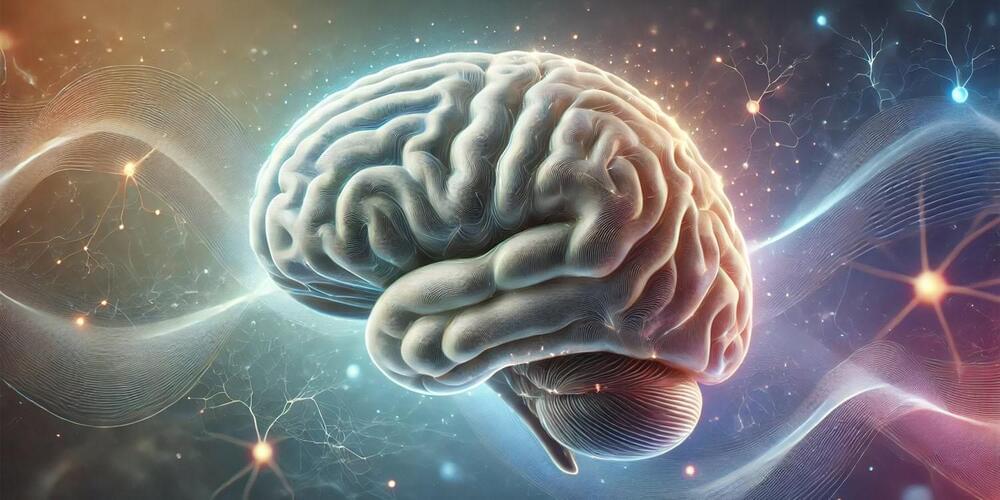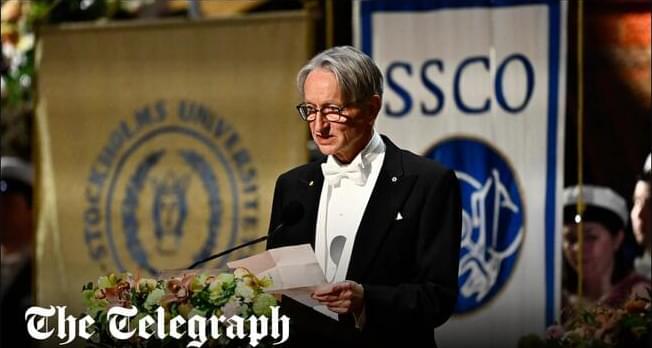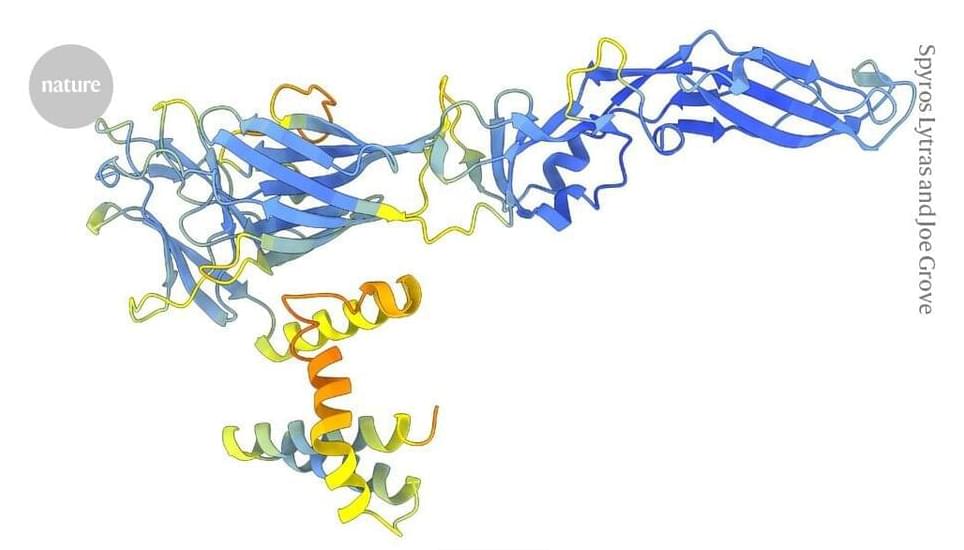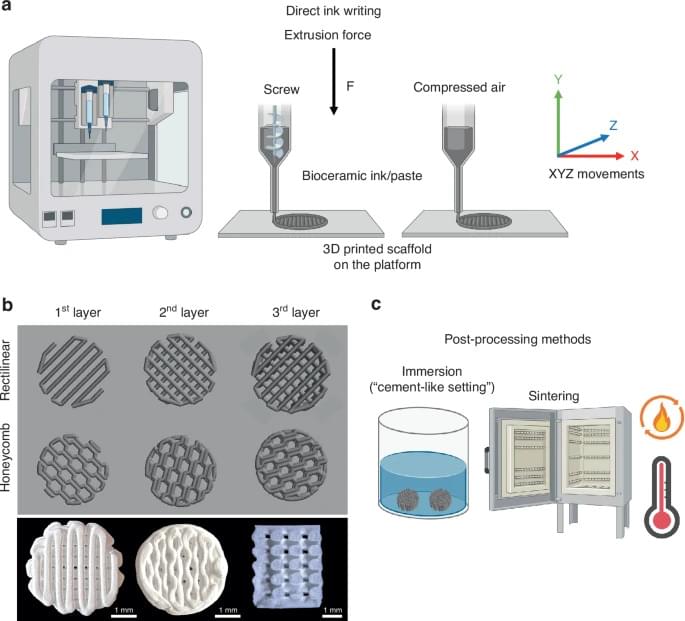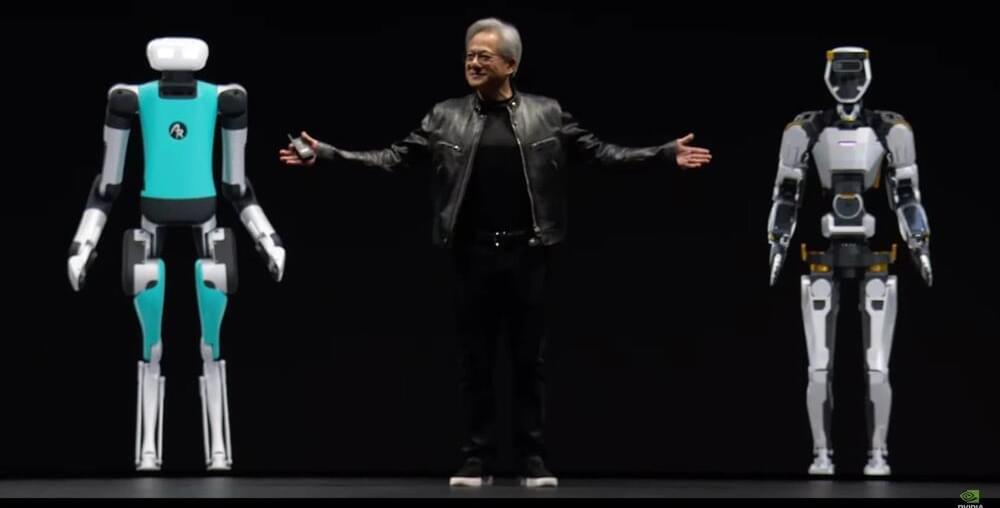For this experiment, the researchers analyzed data from 172 individuals, including 96 with schizophrenia spectrum disorders and 76 healthy controls. Participants underwent resting-state fMRI scans, which measure spontaneous brain activity, and completed standardized neuropsychological assessments. These assessments evaluated various cognitive abilities, such as working memory, attention, and processing speed. The researchers specifically examined the connectivity between the mediodorsal thalamus and dorsolateral prefrontal cortex and analyzed how these patterns correlated with participants’ cognitive performance.
The results confirmed the findings of Experiment 1. Weaker connectivity between the mediodorsal thalamus and dorsolateral prefrontal cortex was associated with poorer performance on tasks requiring executive function, particularly in individuals with schizophrenia.
Importantly, the researchers observed that this neural connectivity was specifically predictive of working memory performance when the task involved conflicting information. This correlation was not observed in tasks without conflict, suggesting that the mediodorsal thalamus–dorsolateral prefrontal cortex network plays a critical role in managing cognitive interference. These findings reinforced the potential of this neural connectivity as a biomarker for executive dysfunction in schizophrenia.
